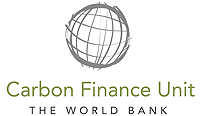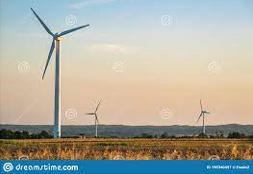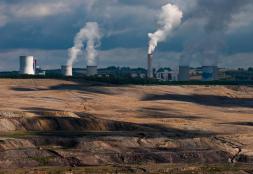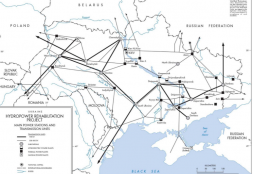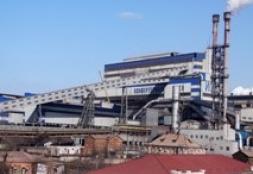The Netherlands European Carbon Facility was established on August 11, 2004 between the Netherlands, the World Bank and the International Finance Corporation, with the latter two acting in their own capacity and as trustees to purchase emission reductions on behalf of the Netherlands from projects in countries with economies in transition under the Joint Implementation (JI) mechanism established under the Kyoto Protocol of the UN Framework Convention on Climate Change.
- About
- Scope of work
- Structure and governance
- Funding
- Objectives
- Participants
- Fund publications
- Multimedia
- Media coverage
About
Scope of work
The Facility’s role was to stimulate private capital flows for sustainable development and enhance participants’ knowledge of Joint Implementation and carbon finance as a tool to reduce the costs of implementing Kyoto obligations. The Facility was related to the World Bank’s work in the areas of environment (markets for global public goods, mitigation of climate change, sustainable livelihoods), energy (renewable energy, energy efficiency, modernization) and urban infrastructure (waste management, district heating systems).
The Netherlands European Carbon Facility supported action undertaken by the World Bank in a number of Central and Eastern European countries as part of the Bank’s Country Assistance Strategies (CAS), including development and dissemination of clean energy technologies, innovative financing mechanisms, internalization of environmental costs, use of environmental impact assessment procedures, and dissemination of best practice on environmentally sound technologies.
Objectives
The goal of the fund was to promote projects focusing on renewable energy (including wind, hydro, and biomass power), energy efficiency improvements, recovery and utilization of methane from landfills, and switching of fuels to less carbon-intensive sources. It also supported capturing and destruction of industrial gases that are potent greenhouse gases (GHGs).
Participants
| Public sector | |
| Netherlands | Government of Netherlands |
